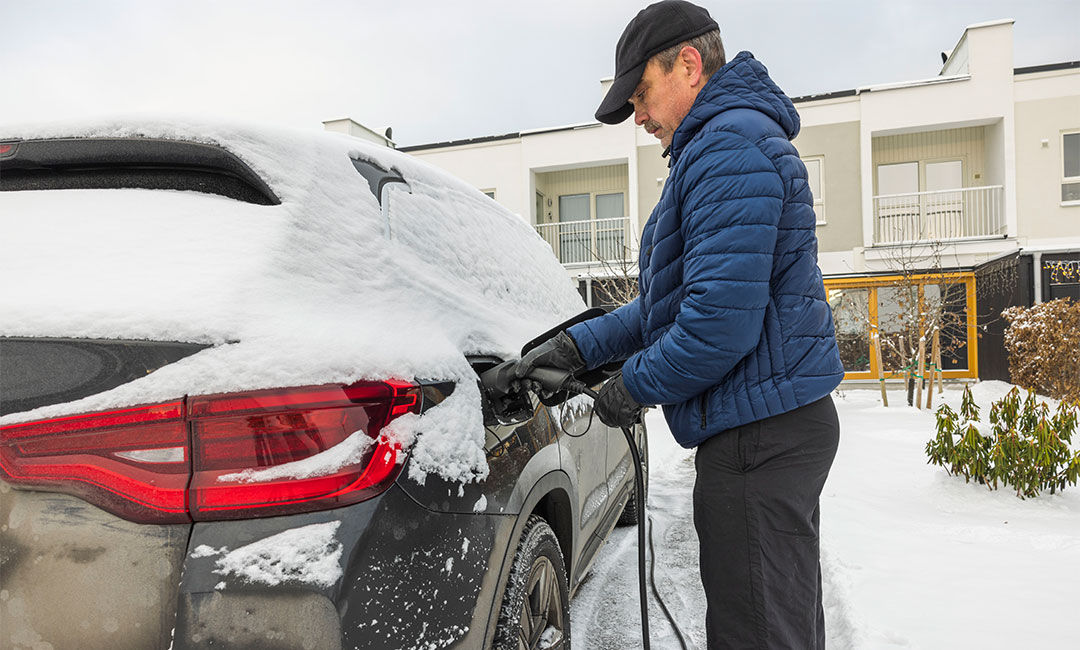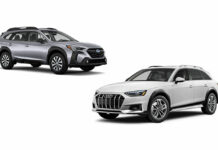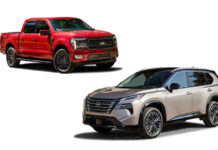As winter’s frosty embrace tightens its grip, electric vehicle (EV) owners often find themselves facing unique challenges to ensure optimal performance in the cold. The plummeting temperatures can impact an EV’s range, battery efficiency, and overall driving experience. But don’t worry, this means that driving an EV in the winter just requires a blend of strategic planning and habits. Winter should not be a deterrent but rather an opportunity to embrace the efficiency and sustainability of electric mobility, even in the chilliest of seasons. By incorporating these 6 tips into your winter driving routine, you can not only overcome the challenges posed by cold weather but also revel in the unique advantages that electric vehicles offer.
1. Mindful Battery Management
Batteries are the heart of an electric vehicle, and winter can be particularly challenging for them. Keep your EV plugged in whenever possible, as the charging process itself generates some heat, helping to maintain optimal battery temperature. Set your charging limit to around 80% to prevent overcharging and potential damage in cold weather. Additionally, familiarize yourself with your EV’s specific battery management system, as some models offer features like “battery preconditioning,” which warms up the battery before you embark on your journey.
2. Choose the Right Tires
In winter, the choice of tires can make or break your driving experience. Opt for winter or all-season tires with good traction to navigate slippery roads effortlessly. The right tires not only enhance your safety but also contribute to better energy efficiency. Maintain proper tire pressure, as under-inflated tires can increase rolling resistance, affecting your EV’s range. Regularly check and adjust tire pressure according to the manufacturer’s recommendations.
3. Regenerative Braking Mastery
Leverage regenerative braking to your advantage. Most electric vehicles come equipped with regenerative braking systems that convert kinetic energy back into electrical energy during deceleration. In winter, this feature becomes even more crucial. Regenerative braking not only contributes to energy efficiency but also helps in keeping the brakes warmer, preventing them from freezing in extremely cold conditions.
4. Mindful Driving Habits
Adjust your driving habits to maximize efficiency in winter. Gentle acceleration and braking can go a long way in preserving your EV’s range. Plan your routes to minimize sudden stops and starts. Use the regenerative braking system as much as possible, and avoid unnecessary idling, as it consumes energy without contributing to the battery’s well-being.
5. Climate Control Strategy
Heating the cabin can be a significant energy drain in winter. Instead of blasting the heater at full power, consider using seat warmers and steering wheel heaters, which are more energy-efficient. Preconditioning your EV while it’s still connected to the charger can also help reduce the need for excessive heating while driving. Strike a balance between comfort and energy conservation by finding the optimal temperature setting for your climate control system.
6. Emergency Preparedness
Winter weather is unpredictable, and being prepared for unexpected situations is crucial. Pack an emergency kit that includes essentials like a blanket, flashlight, gloves, and a portable charger for your devices. It’s also advisable to keep your EV charged at a slightly higher level than usual during winter, providing a buffer in case you encounter unexpected delays or detours.
With the winter right around the corner, it’s important to have a solid understanding of your car’s emergency lights and what they mean – here is a guide of the need-to-know basics.











